Farming aims to reduce greenhouse gas emissions by 15%
Director of the Department of Crop Production and Plant Protection Huynh Tan Dat said that the Project was approved in Decision No. 4042/QD-BNNMT dated September 29 and is an important legal basis for the industry to synchronously implement the goals for the period 2025 - 2030, with a vision to 2050.
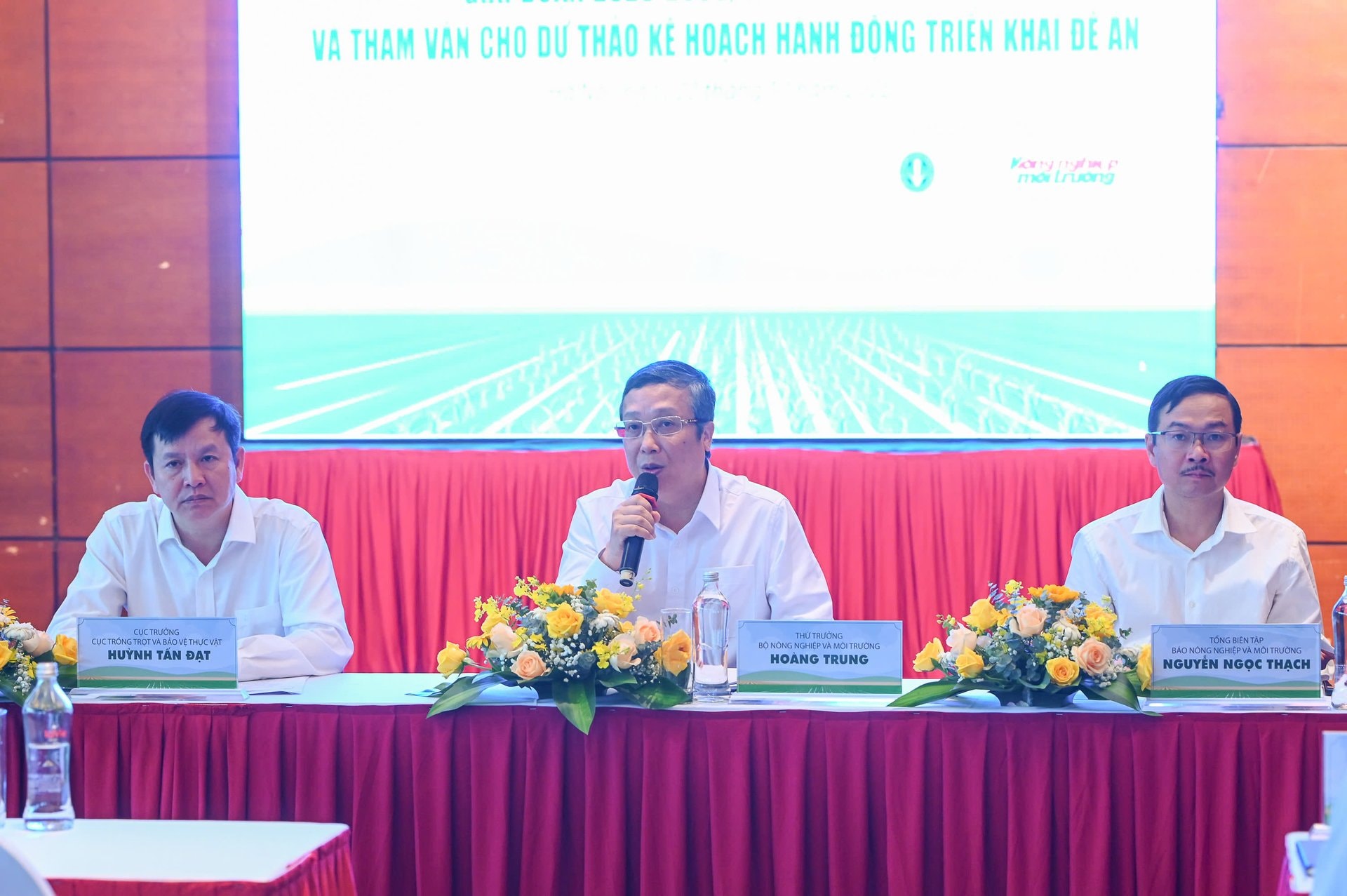
The crop sector aims to reduce greenhouse gas emissions by at least 15% compared to 2020 by 2035. Each province and city will deploy 1-2 replicable emission reduction production models and pilot at least 15 models eligible for carbon credit development. The sector will also train at least 3,000 technical staff, agricultural extension officers, farmers and businesses, and develop at least 5 sets of communication materials to raise awareness and change production behavior towards low emissions.
By 2050, 100% of key crop areas will apply emission-reducing cultivation techniques; build a digital database on emissions integrated with the national monitoring system and popularize the "Low Emission" label for key agricultural products.
The project focuses on 6 main groups of tasks: converting crop structure to suit ecological zones; applying low-emission technical packages; building production models according to value chains; establishing MRV systems; improving capacity and awareness; connecting markets for "Low-emission" products.
Regarding the draft Action Plan for the implementation of the Project, Deputy Director of the Department of Crop Production and Plant Protection Nguyen Thi Thu Huong said that the plan clearly defines the content, deadline, progress and responsibilities for synchronous and effective implementation. The Department of Crop Production and Plant Protection is in charge of coordination; the Department of Agriculture and Environment of the provinces is the focal point for implementation, decentralization of responsibilities and resource mobilization. The implementation needs to strengthen the connection between ministries, localities, international partners and relevant parties. Enterprises, cooperatives and farmers coordinate with central and local agencies for effective implementation.
It is expected that 59 models will be deployed in 34 provinces, each province will build 1-3 models suitable to local characteristics, including low-emission rice models, rice - fish/shrimp, perennial crop cultivation, circular agriculture... suitable to local characteristics, with high potential for emission reduction.
Deploy the Project according to the "five clear" principle
Many localities and experts highly appreciate the Project on reducing emissions in crop cultivation, considering it a drastic step towards achieving the goal of net zero emissions by 2050.
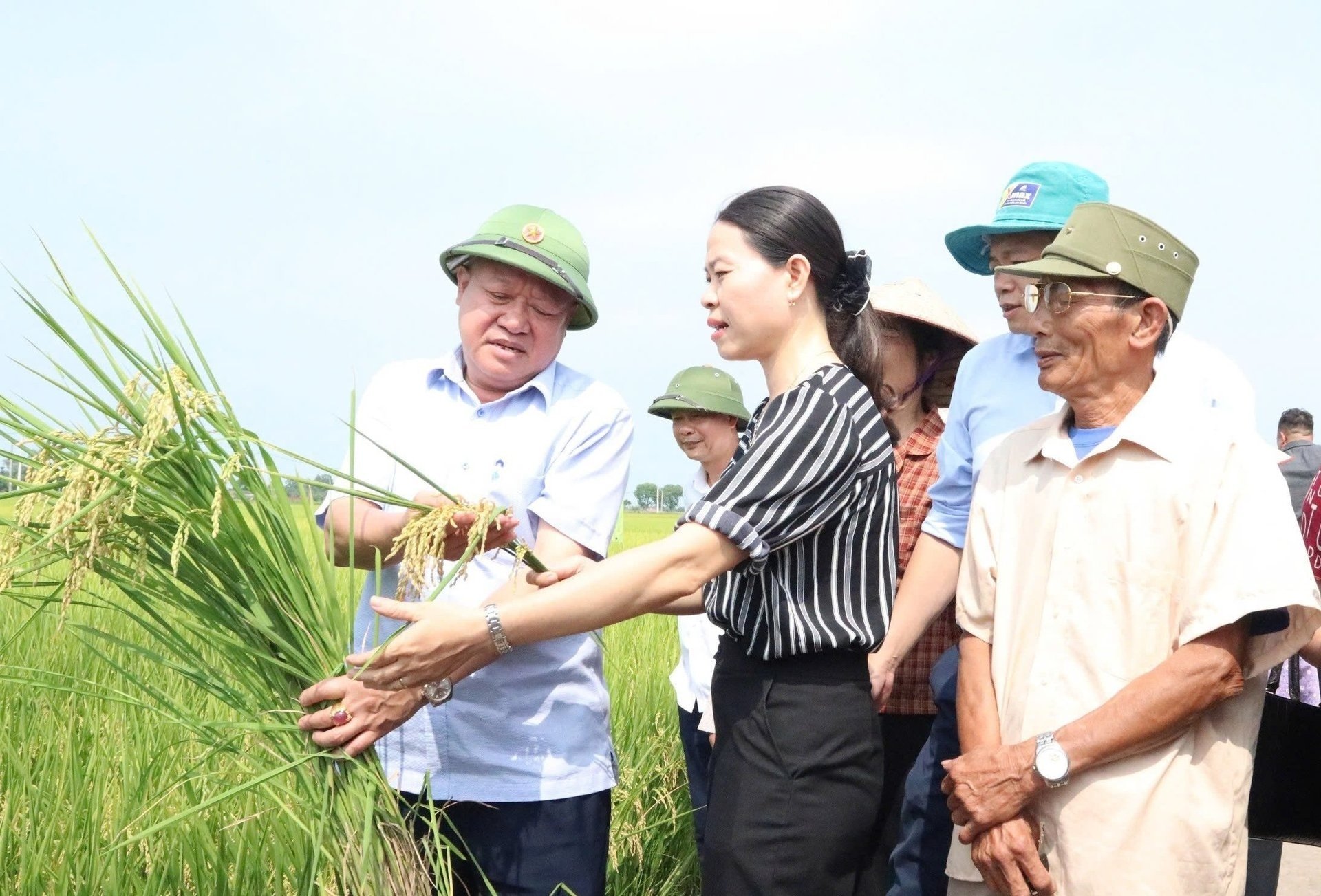
Deputy Director of the Department of Agriculture and Environment of Dong Thap, Le Chi Thien, said that Dong Thap has implemented 21 high-quality rice models to reduce emissions, save water, reduce costs and methane gas. People take advantage of by-products to make organic fertilizer, produce biogas, and move towards circular agriculture; cooperate in developing ecological rice and converting ineffective land. However, the locality still lacks capital, incentive mechanisms for businesses and technical guidance.
In the coming time, Dong Thap will identify five key groups of solutions such as farming innovation, recycling by-products, digital transformation, circular economy and building green farming models in each commune and ward. Therefore, the province recommends that the Ministry soon issue standard technical procedures, provide capital support, develop monitoring systems and pilot carbon credit mechanisms.
In order for the Project to be implemented effectively, Dr. Nguyen Thi Thanh Thuy, representative of the Vietnam Rice Industry Association, said that it is necessary to clearly quantify the tasks and objectives of each component. Priority should be given to key crops to concentrate resources and create clear changes in the initial stage. At the same time, the Project should be integrated with the Sustainable Development Program of one million hectares of high-quality, low-emission rice in the Mekong Delta to increase the effectiveness of implementation.
Regarding the plan to build 15 production models capable of generating carbon credits, Ms. Thuy said that it is necessary to clearly define the scale, location and specific targets; the model design should follow the characteristics of the North - Central - South ecological regions and focus on key crops to ensure feasibility and replicability.
From a business perspective, the Vietnam CropLife Association fully supports the orientation, goals and solutions set out in the Project. Chairman of the Vietnam CropLife Association Dang Van Bao said that to contribute to the goal of reducing emissions and developing sustainable agriculture, the Association is promoting advanced plant protection solutions such as biological pesticides, precision spraying drones and integrated pest management (IPM) and biotech crops. "Genetically edited crops are a potential direction to help create drought-resistant, pest-resistant, climate-adaptive plant varieties and enhance the ability to absorb biological carbon," Mr. Bao emphasized.
Taking note of the comments, Deputy Minister of Agriculture and Environment Hoang Trung pledged to absorb them to complete the Project, ensuring effectiveness and bringing economic benefits to the people. The Deputy Minister emphasized that the Project will be implemented according to the principle of "clear people, clear work, clear time, clear products, clear locations". The Department of Crop Production and Plant Protection will preside over and update the Nationally Determined Contribution (NDC), coordinate with localities to select appropriate models. The construction of a measurement and monitoring system is complicated, but has been assigned to leading research institutes to take charge of implementation. After having a monitoring process, the carbon credit exchange model and carbon market connection will be implemented.
Source: https://daibieunhandan.vn/nganh-trong-trot-tang-toc-giam-phat-thai-10392502.html



![[Photo] Comrade Nguyen Duy Ngoc visited and worked at SITRA Innovation Fund and ICEYE Space Technology Company](https://vphoto.vietnam.vn/thumb/1200x675/vietnam/resource/IMAGE/2025/10/23/1761174470916_dcngoc1-jpg.webp)
![[Photo] General Secretary To Lam and his wife begin their official visit to Bulgaria](https://vphoto.vietnam.vn/thumb/1200x675/vietnam/resource/IMAGE/2025/10/23/1761174468226_tbtpn5-jpg.webp)
![[Photo] Award Ceremony of the Political Contest on Protecting the Party's Ideological Foundation](https://vphoto.vietnam.vn/thumb/1200x675/vietnam/resource/IMAGE/2025/10/22/1761151665557_giaia-jpg.webp)

![[Photo] Da Nang: Shock forces protect people's lives and property from natural disasters](https://vphoto.vietnam.vn/thumb/1200x675/vietnam/resource/IMAGE/2025/10/22/1761145662726_ndo_tr_z7144555003331-7912dd3d47479764c3df11043a705f22-3095-jpg.webp)




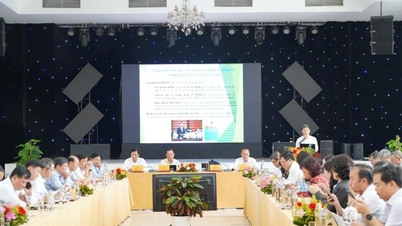

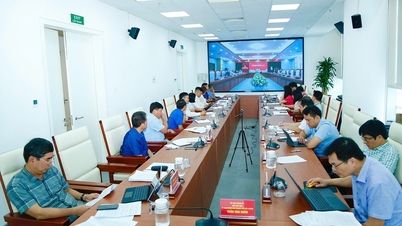




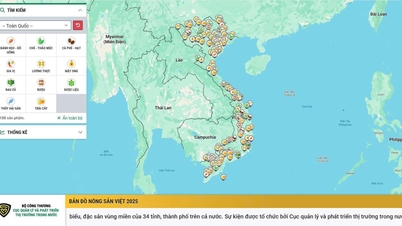


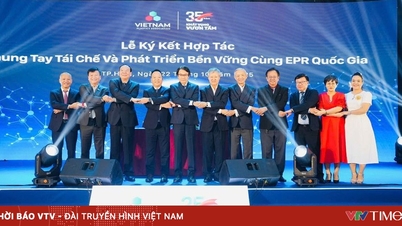
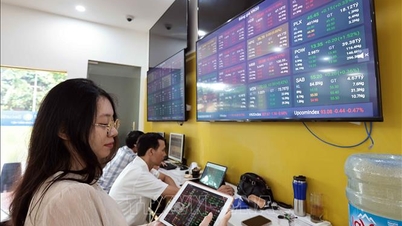

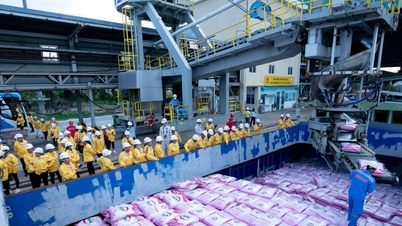




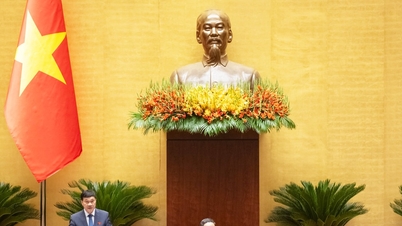
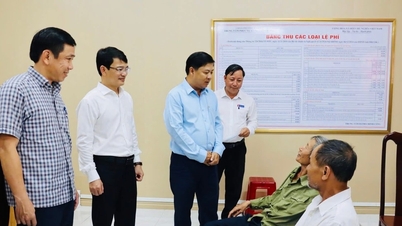

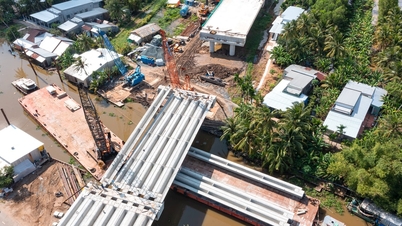







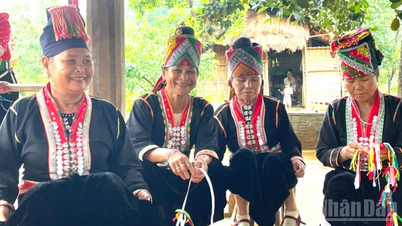

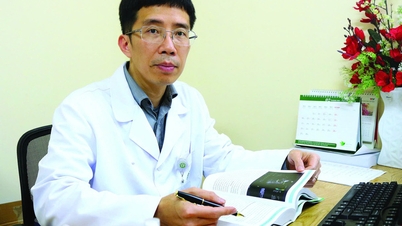

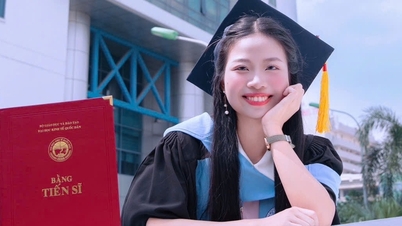

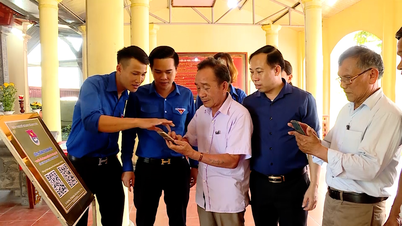






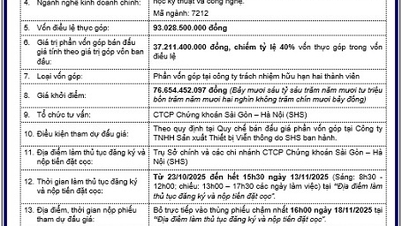

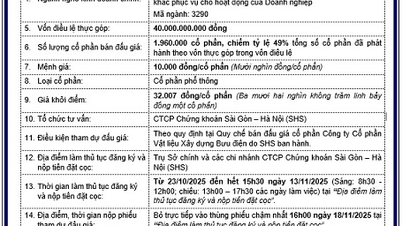

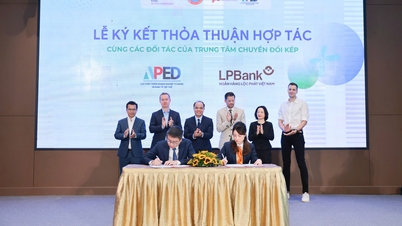



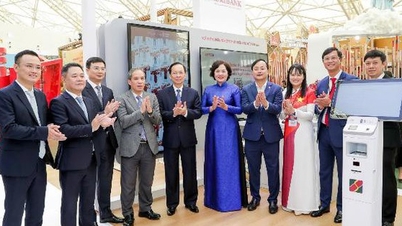










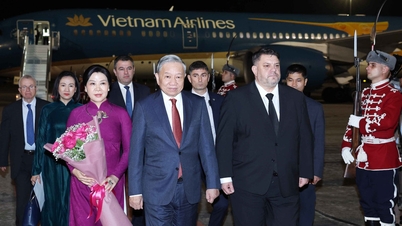




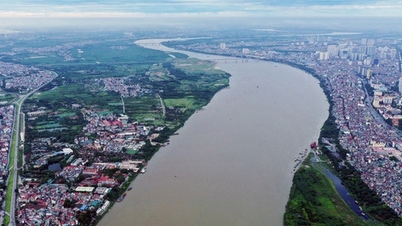
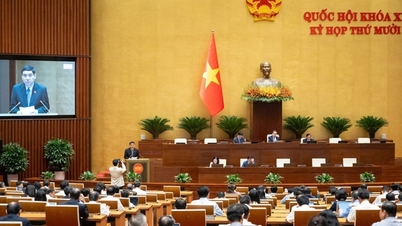




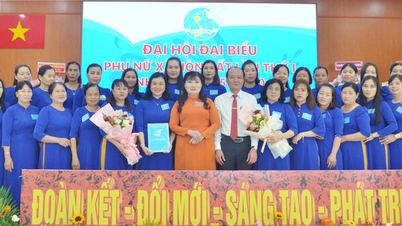

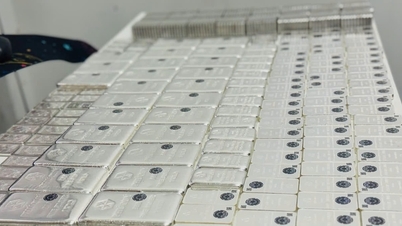

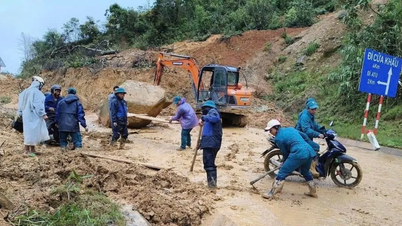
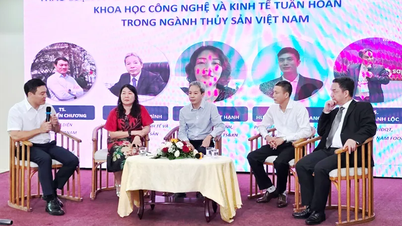

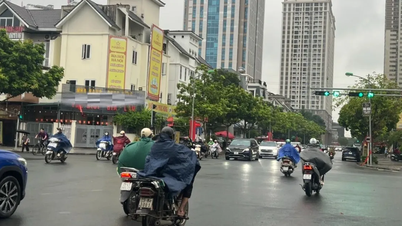
















Comment (0)